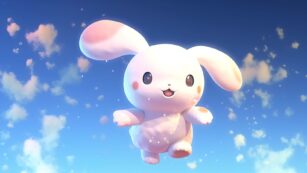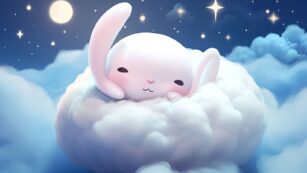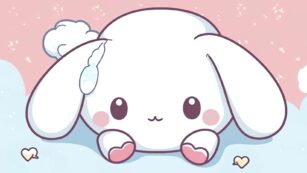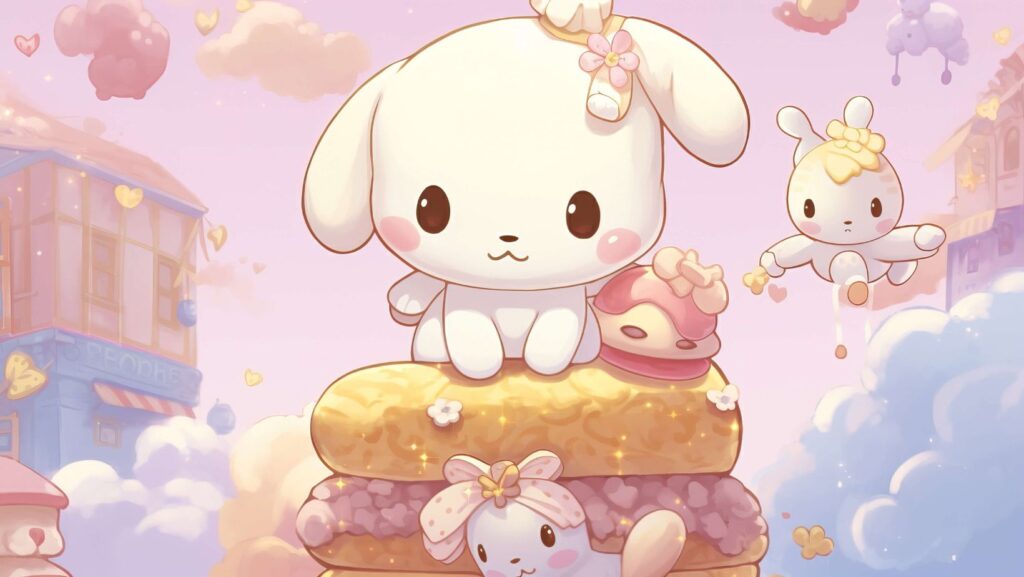In recent years, the term kawaii has captured the hearts of many, transcending its Japanese origins to become a global phenomenon. Often associated with all things cute and charming, kawaii culture encompasses a wide range of elements, from fashion and art to entertainment, financial planning and lifestyle. This playful aesthetic is not just about appearances; it reflects a deeper cultural appreciation for innocence and whimsy.
The quirky phrase kawaii:3awhfko_pjo= uwu might seem like a jumble of characters at first glance, but it embodies the essence of kawaii’s digital evolution. With the rise of online communities and social media, expressions like “uwu” have become an integral part of internet culture, symbolizing affection and endearment. As people seek joy in everyday life, kawaii continues to inspire creativity and connection across diverse platforms, inviting everyone to embrace their inner child with a smile.
Kawaii:3awhfko_pjo= Uwu
 Kawaii:3awhfko_pjo= Uwu explores how digital expressions intertwine with kawaii culture. In online spaces, “uwu” symbolizes tenderness and affection, resonating strongly within communities. By adopting such expressions, individuals celebrate their affinity for all things cute and express emotions in a nuanced way. Social media platforms amplify these expressions, creating a digital landscape where the kawaii culture thrives.
Kawaii:3awhfko_pjo= Uwu explores how digital expressions intertwine with kawaii culture. In online spaces, “uwu” symbolizes tenderness and affection, resonating strongly within communities. By adopting such expressions, individuals celebrate their affinity for all things cute and express emotions in a nuanced way. Social media platforms amplify these expressions, creating a digital landscape where the kawaii culture thrives.
“Uwu” finds usage primarily in text and messaging apps, conveying warmth and friendliness. As a digital emotive marker, it complements visual elements like emojis and stickers that depict kawaii characteristics. This convergence of text and imagery strengthens the conveyance of emotions, fostering a deeper connection among users.
Content creators often utilize kawaii elements to engage modern audiences. Incorporating characters and themes from kawaii culture, they craft content that balances entertainment and sentimentality. This approach appeals to a sense of nostalgia and joy, creating engaging and shareable content across global platforms.
Origins And Background
 Kawaii” originated in Japan, where the word describes the cultural embrace of cuteness. Initially linked to childhood innocence, the term gained popularity in the 1970s during the rise of youth movements. These movements set the stage for kawaii’s expansion into mainstream fashion and media.
Kawaii” originated in Japan, where the word describes the cultural embrace of cuteness. Initially linked to childhood innocence, the term gained popularity in the 1970s during the rise of youth movements. These movements set the stage for kawaii’s expansion into mainstream fashion and media.
Its roots trace back to the kanji あ (a), which evolved into かわいい (kawaii). The cultural shift included visual elements like rounded shapes and pastel colors, heavily influencing Japanese pop culture. Icons such as Hello Kitty emerged from this era, reinforcing kawaii’s impact.
As the kawaii aesthetic permeated various industries, it went beyond Japan’s borders. The global spread influenced Western fashion and entertainment, creating a fusion of styles that embraced kawaii’s playful essence.
Cultural Significance
 Kawaii culture impacts global aesthetics and societal values. Originating in Japan, it’s deeply intertwined with the country’s identity. Elements of cuteness appear in traditional festivals and modern consumer goods. The infusion of kawaii into everyday life signifies a societal embrace of positivity and empathy. It challenges conventional norms by promoting non-threatening, approachable imagery.
Kawaii culture impacts global aesthetics and societal values. Originating in Japan, it’s deeply intertwined with the country’s identity. Elements of cuteness appear in traditional festivals and modern consumer goods. The infusion of kawaii into everyday life signifies a societal embrace of positivity and empathy. It challenges conventional norms by promoting non-threatening, approachable imagery.
Symbolically, kawaii reflects a collective yearning for simpler times. This yearning can be seen through the nostalgic appeal of characters and motifs that transcend age. For instance, merchandise featuring beloved figures like Pikachu captures intergenerational affection. These entities act as cultural bridges, fostering community through shared experiences.
Key Characteristics
Visual Elements
 Visual elements play a crucial role in defining kawaii. Characters and designs often feature rounded shapes, oversized heads, and vibrant pastel colors, evoking a sense of innocence and delight. Popular figures like Hello Kitty exemplify this style, showcasing simplicity and charm. Kawaii fashion incorporates playful accessories, cute patterns, and whimsical hairstyles that further amplify cuteness. This attention to detail in visual aesthetics makes them immediately recognizable and endearing.
Visual elements play a crucial role in defining kawaii. Characters and designs often feature rounded shapes, oversized heads, and vibrant pastel colors, evoking a sense of innocence and delight. Popular figures like Hello Kitty exemplify this style, showcasing simplicity and charm. Kawaii fashion incorporates playful accessories, cute patterns, and whimsical hairstyles that further amplify cuteness. This attention to detail in visual aesthetics makes them immediately recognizable and endearing.
Emotional Appeal
Kawaii’s emotional appeal lies in its ability to evoke feelings of warmth and nostalgia. Characters and motifs inspire affection, often reminding individuals of childhood and simpler times. In digital communication, phrases like “uwu” enhance this sentiment, allowing users to express tenderness and empathy. The infusion of cuteness into language and imagery fosters positivity and camaraderie, creating a welcoming atmosphere. Kawaii promotes a harmonious social environment, bridging gaps between cultures by highlighting universal themes of joy and kindness.
